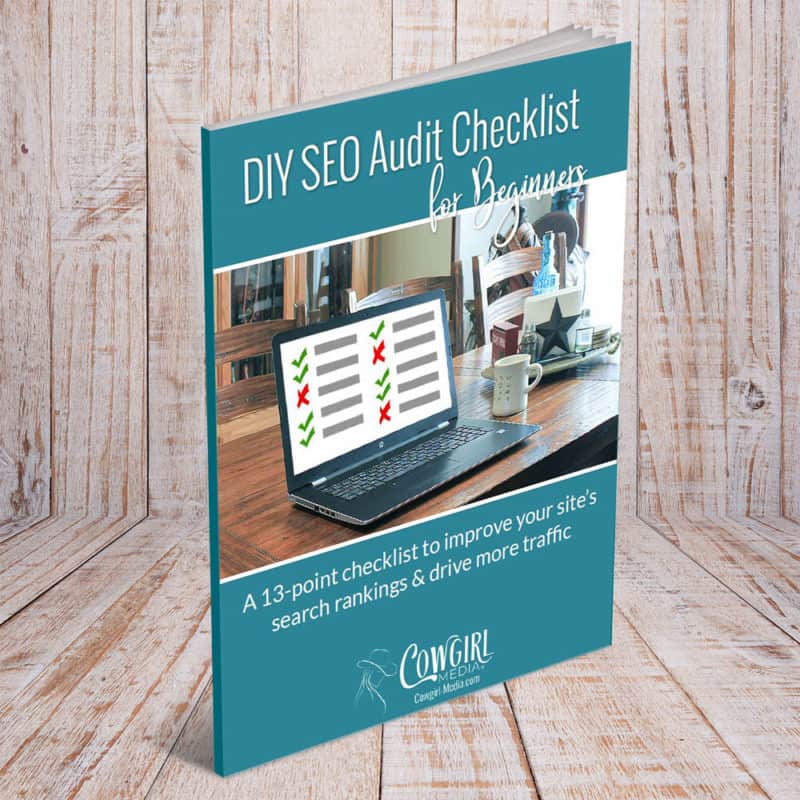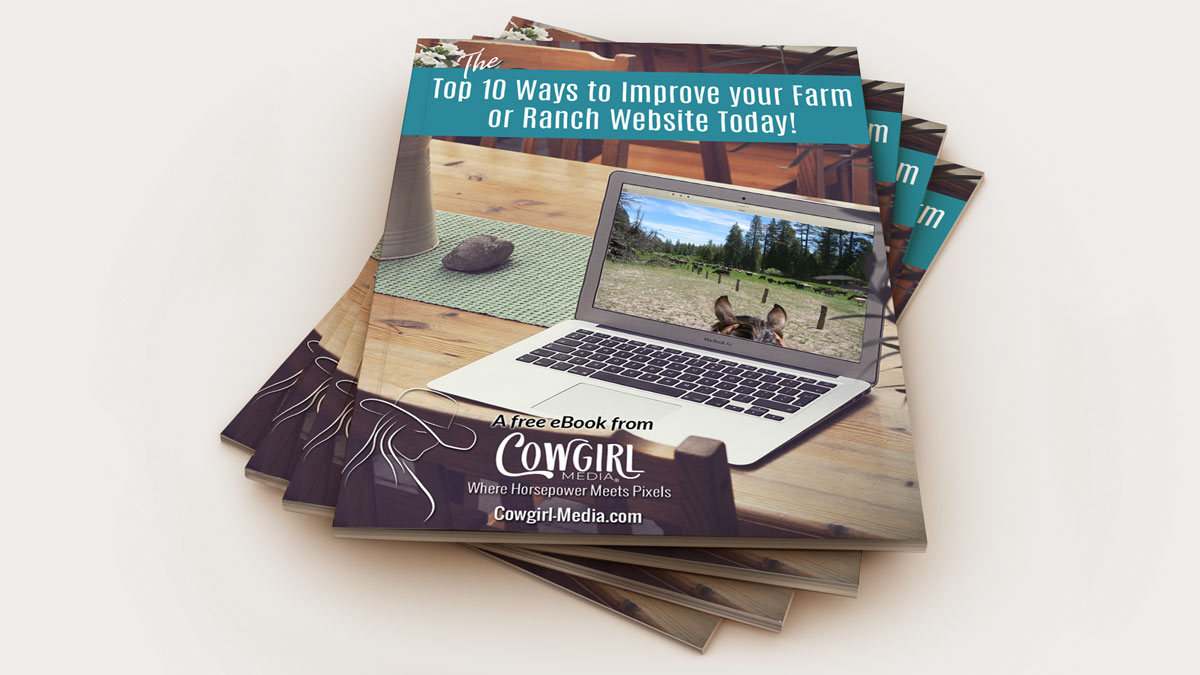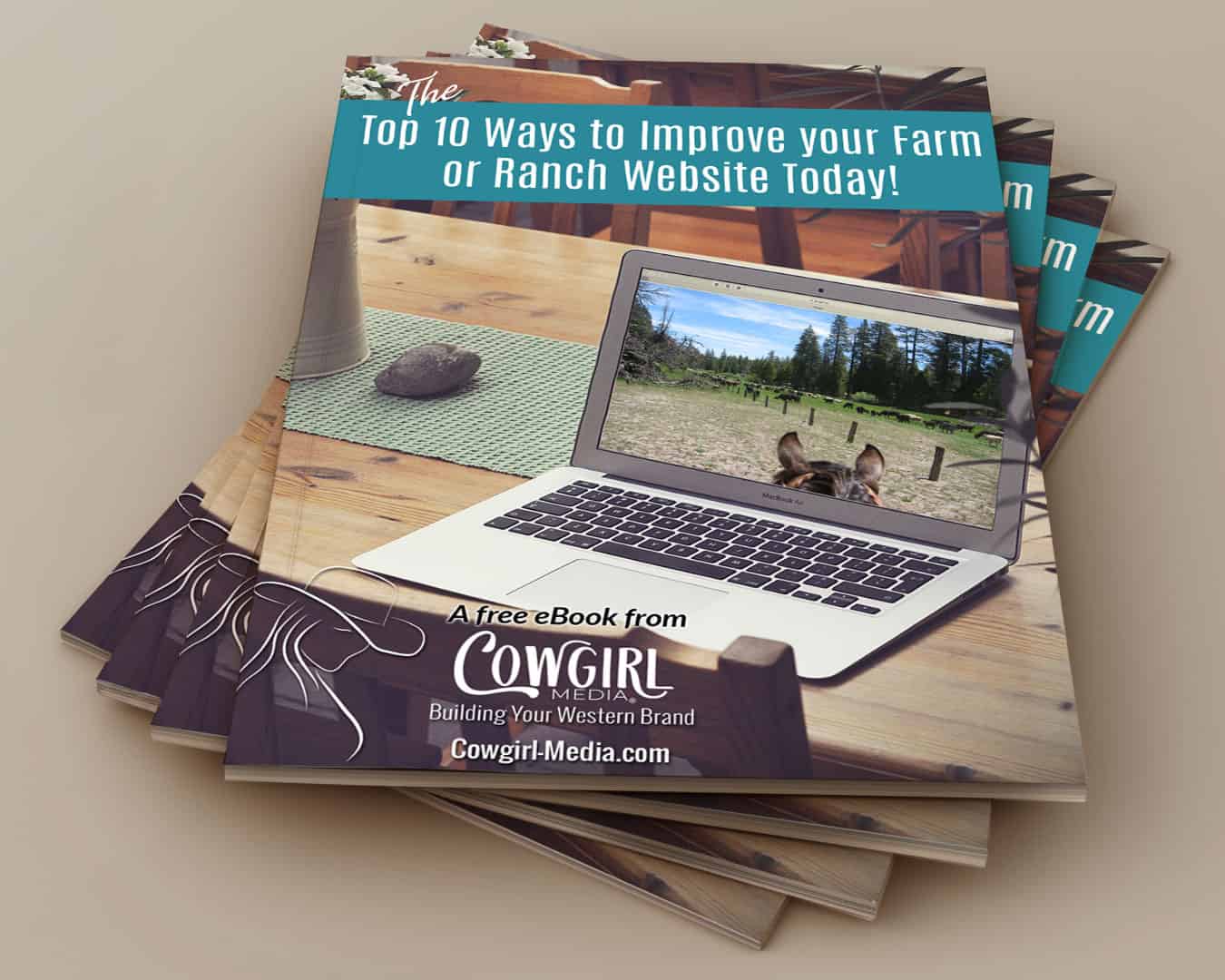We already know that blogging is great, for so many reasons, right? It’s not only a good way to add important SEO content to your site (especially if your site doesn’t normally require much updating and remains a bit stagnant), but it’s a great way to provide added value and education to your clients and prospects as well.
But… writing a good blog post can be a challenge! Coming up with topics is one thing (need a few blog content tips?), but then organizing the content, writing it all out, proofing it to be sure it makes sense and flows properly can be cumbersome and time consuming. And, what exactly should you include in your blog post to help it stand out and be read? Great question!
Below is my list of 7 very important things that will help your blog post get ranked on search engines, be seen and then be read by your audience.

A good headline (title)
Give some direct and concise info about what the post is about (no clickbait!), but leave enough to the imagination that a reader will want to click on it to learn more. Appeal to their needs, but also to their emotions a bit, and add a few power words when it’s applicable.
Compelling opening paragraph
This is where your “hook” comes in. Give them a reason to keep reading, build the hype about what they can expect to find in the post, but don’t drag it on so they lose interest.
Subheaders to break up and organize your content
Not all posts will require subheaders (this post, for example), but if you have a lot of content that doesn’t lend itself well to bullet points, for example, subheaders are good for organizing the content and giving readers an idea of what’s coming next. Subheaders are also a GREAT place for keywords, because you would typically use a header tag (<h3> for example), which gives those words more keyword importance in search engine’s minds.
Good images and/or graphics, including ALT tags
No one wants to read boring, never-ending text! Break it up with images, when appropriate, or other graphics that will help make the content more interesting and give your post some depth and texture. Part of good Search Engine Optimization (SEO), and of course website accessibility, is adding ALT tags to your images, which will help with organic search and describing your images for the visually impaired.
Internal links, when appropriate
As you’re writing your post, think about other places on your website where you may have talked about the subject, and use anchor text to link to those other pages or posts. Internal linking is great for SEO, and provides your readers with even more relevant information, thereby giving them a better experience on your website. An example would be the two links I mentioned above, in Item 4.
Powerful call to action
Every post (and page) on your website should include a Call to Action, directing the user what to do next. These can be anything from a service or product you’re trying to promote, to visiting another blog post, to opting in to your newsletter and getting your great freebie. Don’t miss an opportunity to provide them with even more value. (See my CTA below, giving away my eBook!)
Good meta description
Your website meta description is what is returned in search engines, directly below your meta page title. This doesn’t necessarily have to be content that is actually on your post, but a brief, 160 character description that uses keywords and phrases to help search engines catalog and rank your content, as well as convince the reader to click through. On a WordPress site, these are most typically added in your SEO plugin, and are unique to every post or page. They are not visible on the post itself, they are only returned in search results.






